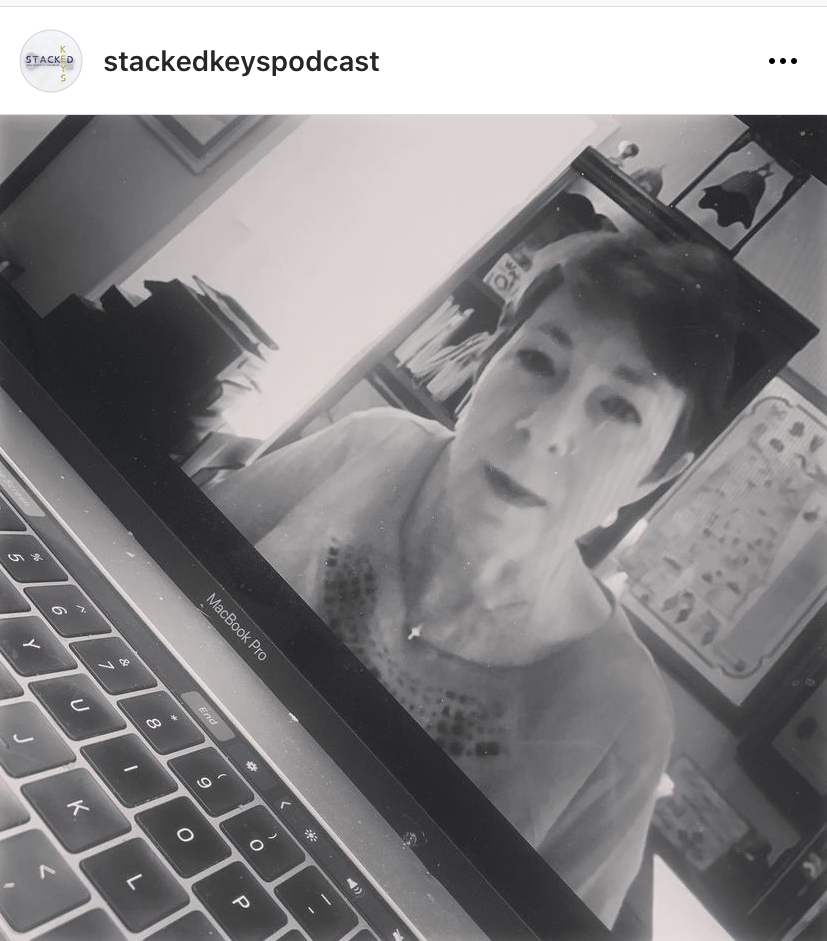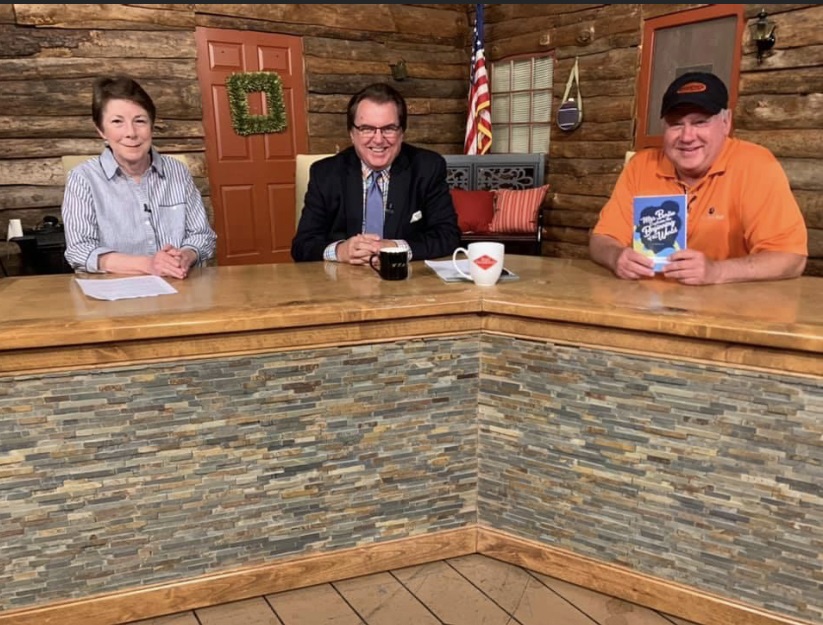I was fortunate in my career in that I always knew what I wanted to do—I wanted to write. That was my calling and my skillset. How I wanted to follow that call and how I could apply this skillset toward a successful career were other matters entirely.
The first thing I wanted to do, job wise, was to become an advertising copywriter, and I was very excited when I landed my first professional job at an advertising agency. In that role, I wrote clever pieces with lots of turns of phrases for newspaper and magazine ads, billboards, brochures, radio spots, and tv spots. I enjoyed the creative environment I was in.
My second job was serving as a public information officer for a state government agency, which had a large staff led by an executive director who reported to a commission made up of political appointees. Part of the work was writing press releases, speech drafts, annual reports, meeting recaps and the like. This was very dry stuff, and I often felt misplaced even though the regular salary was nice.
My third job was a transition. I worked part-time at a college, my alma mater, handling public relations projects while I tried to figure out how to start a writing business. I wanted to apply skills and do work I enjoyed, but I thought it would be safer to have part of the work locked in.
Actually, there was too much work to do for my part-time role, so I had to make a decision. I picked the vague vision I had for my future, and I stepped out on my own as a full-time freelance writer.
I’ve always had a little trouble with my elevator pitch—how I explain what I do. Over time, the term copywriter seemed to apply less and less to how I was actually serving others. It turns out, I don’t write ads very often. I don’t often write radio spots and TV commercials or billboards on any typical day. I usually write content—in whatever form needed. And I proofread or edit someone else’s content.
This kind of writing focuses on a business interest, a marketing program, a communication objective. There’s always a purpose for my pieces—and usually a desired result. And it’s never negative, unless I’m writing for someone who’s against something.
I love this kind of work. Because it’s a good fit for me. Plus, there are people under pressure to get their writing projects done, and helping them do so is my superpower.
Here are some things I’ve learned:
First, It starts with skill sets. I knew what I could bring to the table.
Two, I knew, generally, the kind of people I would serve—people in the advertising, public relations, marketing, and communications fields.
Three, I had a network of contacts within these fields that I operated within.
Four, I needed a structure for my day—a way to organize my work habits.
Five, I needed the tools to get the work done. Which has basically been a laptop and various software and peripherals as needed.
And, six, I needed the realization that this is the work I have chosen. I’m pretty sure I would have given up long ago—in light of all the highs and lows of entrepreneurial life—if I had not loved what I’ve chosen.
So how about you? What do you want to do? What are some ways you can execute this idea? And what is it that you love to do so much that you will keep going?


